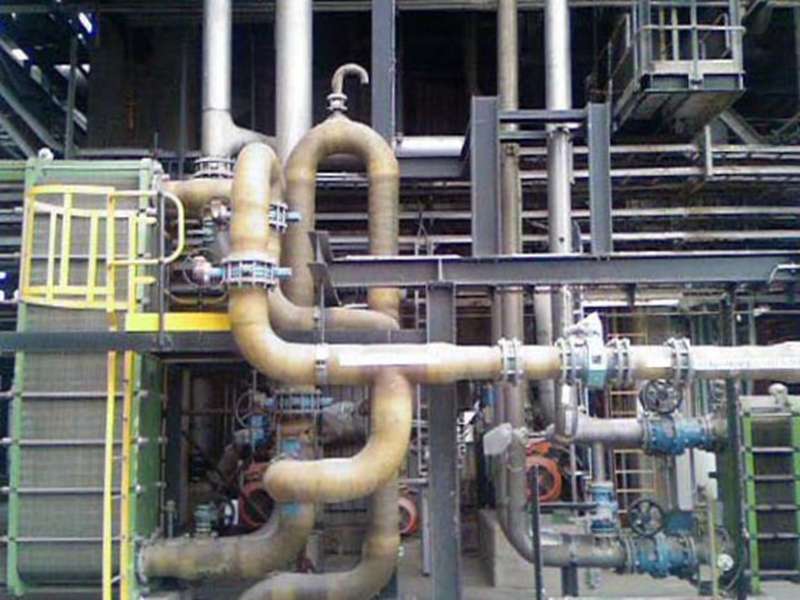
-
 Afrikaans
Afrikaans -
 Albanian
Albanian -
 Amharic
Amharic -
 Arabic
Arabic -
 Armenian
Armenian -
 Azerbaijani
Azerbaijani -
 Basque
Basque -
 Belarusian
Belarusian -
 Bengali
Bengali -
 Bosnian
Bosnian -
 Bulgarian
Bulgarian -
 Catalan
Catalan -
 Cebuano
Cebuano -
 China
China -
 China (Taiwan)
China (Taiwan) -
 Corsican
Corsican -
 Croatian
Croatian -
 Czech
Czech -
 Danish
Danish -
 Dutch
Dutch -
 English
English -
 Esperanto
Esperanto -
 Estonian
Estonian -
 Finnish
Finnish -
 French
French -
 Frisian
Frisian -
 Galician
Galician -
 Georgian
Georgian -
 German
German -
 Greek
Greek -
 Gujarati
Gujarati -
 Haitian Creole
Haitian Creole -
 hausa
hausa -
 hawaiian
hawaiian -
 Hebrew
Hebrew -
 Hindi
Hindi -
 Miao
Miao -
 Hungarian
Hungarian -
 Icelandic
Icelandic -
 igbo
igbo -
 Indonesian
Indonesian -
 irish
irish -
 Italian
Italian -
 Japanese
Japanese -
 Javanese
Javanese -
 Kannada
Kannada -
 kazakh
kazakh -
 Khmer
Khmer -
 Rwandese
Rwandese -
 Korean
Korean -
 Kurdish
Kurdish -
 Kyrgyz
Kyrgyz -
 Lao
Lao -
 Latin
Latin -
 Latvian
Latvian -
 Lithuanian
Lithuanian -
 Luxembourgish
Luxembourgish -
 Macedonian
Macedonian -
 Malgashi
Malgashi -
 Malay
Malay -
 Malayalam
Malayalam -
 Maltese
Maltese -
 Maori
Maori -
 Marathi
Marathi -
 Mongolian
Mongolian -
 Myanmar
Myanmar -
 Nepali
Nepali -
 Norwegian
Norwegian -
 Norwegian
Norwegian -
 Occitan
Occitan -
 Pashto
Pashto -
 Persian
Persian -
 Polish
Polish -
 Portuguese
Portuguese -
 Punjabi
Punjabi -
 Romanian
Romanian -
 Russian
Russian -
 Samoan
Samoan -
 Scottish Gaelic
Scottish Gaelic -
 Serbian
Serbian -
 Sesotho
Sesotho -
 Shona
Shona -
 Sindhi
Sindhi -
 Sinhala
Sinhala -
 Slovak
Slovak -
 Slovenian
Slovenian -
 Somali
Somali -
 Spanish
Spanish -
 Sundanese
Sundanese -
 Swahili
Swahili -
 Swedish
Swedish -
 Tagalog
Tagalog -
 Tajik
Tajik -
 Tamil
Tamil -
 Tatar
Tatar -
 Telugu
Telugu -
 Thai
Thai -
 Turkish
Turkish -
 Turkmen
Turkmen -
 Ukrainian
Ukrainian -
 Urdu
Urdu -
 Uighur
Uighur -
 Uzbek
Uzbek -
 Vietnamese
Vietnamese -
 Welsh
Welsh -
 Bantu
Bantu -
 Yiddish
Yiddish -
 Yoruba
Yoruba -
 Zulu
Zulu
Flue Gas Desulfurization Solutions | Effective Emission Control
Flue Gas Desulfurization A Critical Technology for Air Quality Improvement
Flue gas desulfurization (FGD) is an essential process employed to remove sulfur dioxide (SO2) from the exhaust flue gases of fossil fuel power plants and other industrial processes. As environmental concerns regarding air quality and acid rain continue to grow, FGD technology has become increasingly vital in helping industries comply with stringent emission regulations and contribute to cleaner air.
Flue Gas Desulfurization A Critical Technology for Air Quality Improvement
FGD systems can be categorized into various technologies, with the most common being wet scrubbing and dry scrubbing. Wet scrubbing is predominantly used in many power plants and involves the use of a liquid solution, typically a lime or limestone slurry, to absorb SO2 from flue gases. The resulting reaction produces calcium sulfite, which can be oxidized to produce gypsum, a valuable byproduct used in construction. On the other hand, dry scrubbing technologies, such as spray dry absorbers, utilize dry alkaline materials to capture SO2, offering advantages in terms of handling and storage of byproducts.
flue gas desulfurization

The choice of FGD technology largely depends on several factors, including the specific requirements of the facility, its operational conditions, and regulatory standards. While wet scrubbing systems tend to be more efficient in SO2 removal, dry scrubbing alternatives offer benefits in terms of lower water usage and easier disposal of solid byproducts. Each type of system has its operational challenges and maintenance requirements, making it crucial for facility operators to conduct thorough assessments to determine the most suitable option.
The advancement of FGD technology has seen continuous improvements in efficiency, effectiveness, and cost. Innovations in sorbent materials and system designs have further enhanced the ability of FGD systems to meet rigorous emission standards while minimizing operational costs. Moreover, the integration of advanced monitoring and control systems allows for real-time adjustments to optimize performance and ensure compliance with environmental regulations.
Apart from regulatory compliance, the implementation of FGD systems can also yield economic benefits. Facilities that adopt effective SO2 control technologies may qualify for emissions trading programs or other incentives aimed at promoting cleaner production methods. Additionally, the recovery of valuable byproducts, such as gypsum, can create new revenue streams and contribute to more sustainable industrial practices.
In conclusion, flue gas desulfurization plays a pivotal role in the effort to reduce air pollution and protect public health and the environment. As industries continue to transition towards cleaner energy sources and seek ways to minimize their environmental footprint, the importance of FGD technology will only increase. By effectively removing sulfur dioxide from flue gases, FGD systems contribute to improved air quality, enhance regulatory compliance, and support the transition to a more sustainable future. As ongoing research and development drive further advancements in this area, we can expect even more innovative solutions to emerge, helping to tackle the pressing challenges of air pollution.
Latest news
-
Exploring the Benefits of Top Hammer Drifter Rods for Enhanced Drilling PerformanceNewsJun.10,2025
-
High-Precision Fiberglass Winding Machine for GRP/FRP Pipe Production – Reliable & Efficient SolutionsNewsJun.10,2025
-
FRP Pipes & Fittings for Shipbuilding - Corrosion-Resistant & LightweightNewsJun.09,2025
-
Premium FRP Flooring Solutions Durable & Slip-ResistantNewsJun.09,2025
-
Premium Fiberglass Rectangular Tanks Durable & Lightweight SolutionNewsJun.09,2025
-
Tapered Drill String Design Guide Durable Performance & UsesNewsJun.09,2025









